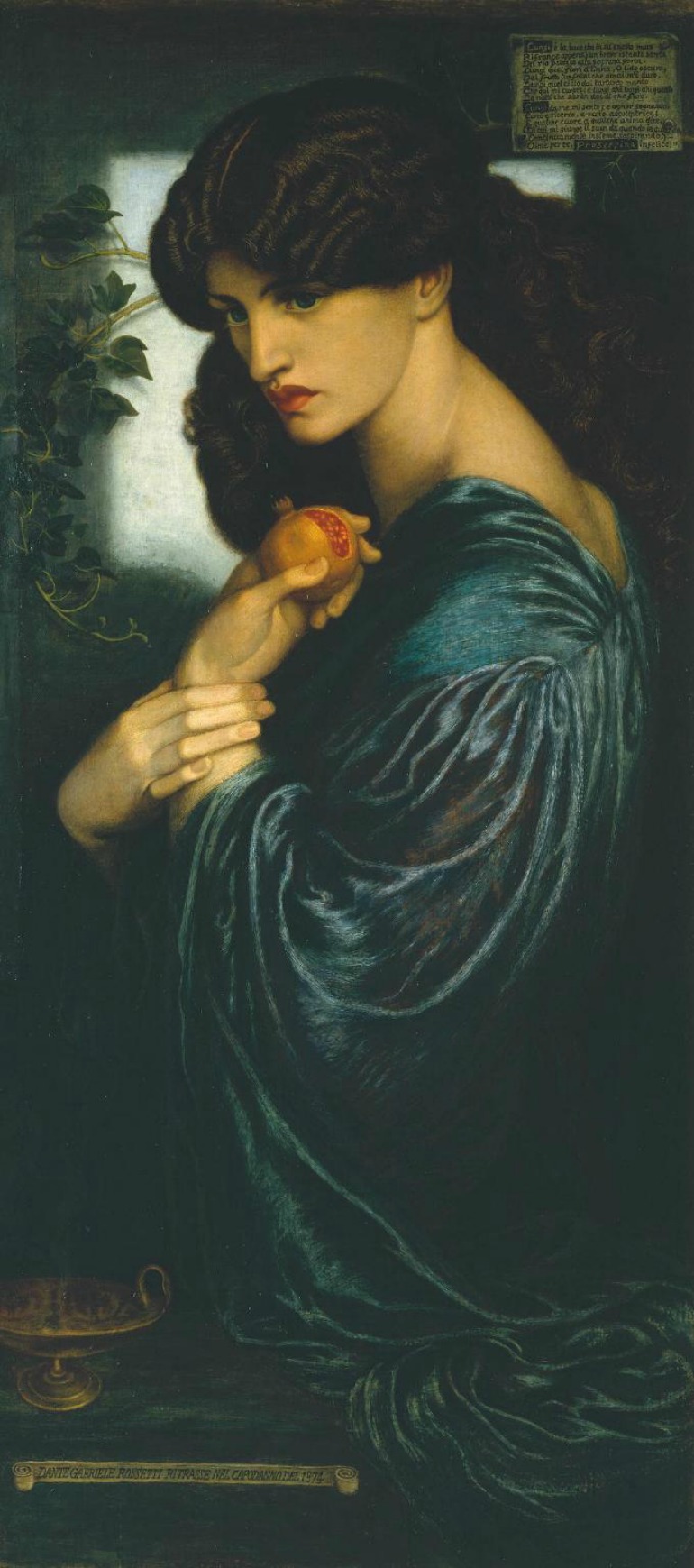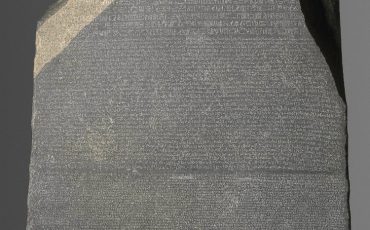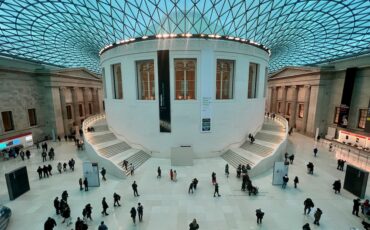This spring, Tate Britain will uncover the dynamic dialogue between British painters and photographers; from the birth of the modern medium to the blossoming of art photography. Spanning 75 years, the Painting with Light: Art and Photography from the Pre-Raphaelites to the Modern Age exhibition will bring together nearly 200 works – many for the first time – to reveal their mutual influences. From the first explorations of movement and illumination by David Octavius Hill (1802-70) and Robert Adamson (1821-48) to artful compositions at the turn-of-the-century, the show will discover how painters and photographers redefined notions of beauty and art itself.
The dawn of photography coincided with a tide of revolutionary ideas in the arts, which questioned how pictures should be created and seen. Photography adapted the Old Master traditions within which many photographers had been trained and engaged with the radical naturalism of JMW Turner (1775-1851), the Pre-Raphaelites, and their Realist and Impressionist successors. Turner inspired the first photographic panoramic views, and, in the years that followed his death, photographers and painters composed novel landscapes evoking meaning and emotion.
Highlights of the show will include examples of three-dimensional photography, which incorporated the use of models and props to stage dramatic tableaux from popular works of the time, re-envisioning well-known pictures such as Henry Wallis’s (1830-1916) Chatterton. Such stereographs were widely disseminated and made art more accessible to the public, often being used as a form of after-dinner entertainment for middle-class Victorian families. A previously unseen private album in which the Royal family painstakingly re-enacted famous paintings will also be shown, as well as rare examples of early colour photography.
The Painting with Light: Art and Photography from the Pre-Raphaelites to the Modern Age exhibition at Tate Britain will run 11 May to 25 September 2016.

Dante Gabriel Rossetti, Proserpine 1874. Photo Credit: ©Tate Britain.






